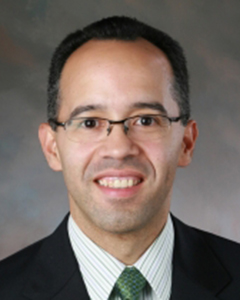Herpes is a Lot More Common Than You Think
3.7 billion people across the world have herpes.
Yes, you read that right. 3.7 billion.
The World Health Organization recently released a study with these figures. According to WHO, two-thirds of the world’s population under 50 now have the virus after contracting it as a child.
Herpes is categorized into two types: herpes simplex virus type 1 (HSV-1) and herpes simplex virus type 2 (HSV-2). HSV-1 is commonly known as cold sores or fever blisters, which appear around the mouth and are transmitted by mouth-to-mouth contact or contact through infected saliva. HSV-2 is transmitted through skin-to-skin contact during sex, leading to genital herpes. Both types of the virus are extremely contagious and incurable. Once you get herpes, you will continue to experience flare-ups throughout your life. However, flare-ups may happen in some people several times a year, while others will get them less frequently.
According to WHO data, 178 million women and 142 million men in America have HSV-1. Though it’s been commonly thought that skin-to-skin contact spreads genital herpes, WHO’s recent study highlights that people also get genital herpes from HSV-1. The organization says that in developed countries like the U.S., fewer people are getting HSV-1 as children. However, they are now contracting the virus through oral sex.
Worldwide, more than 417 million people under the age of 50 have HSV-2, or genital herpes. People with HSV-2 may get painful, itchy blisters in the area, but sometimes there aren’t any symptoms at all. The risk of getting any form of herpes is highest during a flare-up or outbreak period, so people need to be even more careful about sexual contact during this time. In fact, the best thing to do is avoid it altogether if either you or your partner has symptoms.
Symptoms typically appear one to two weeks after someone has come into contact with the virus. Most people get a tingling sensation in the affected area — either in the mouth or the genitals — followed by the appearance of small, red blisters. You also may have flu-like symptoms such as a fever or headache. Flare-ups usually go away after two to three weeks, but the virus is incurable so it can come back at anytime.
The herpes virus is becoming more common, but there are ways to reduce your risk. The most critical thing you can do is be cautious. Always wear a latex condom during sex and limit your number of sexual partners. If you or your partner already has HSV-1 or HSV-2, limit sexual and oral contact during flare-ups. Do not share toothbrushes, drink from the same cup, share utensils or engage in oral sex during an outbreak.
As medical professionals we need to do our part, as well. As WHO said in its statement, the medical community needs to accelerate the development of a vaccine for oral and genital herpes. Big pharma companies were previously involved in clinical trials to determine whether a therapeutic or preventative vaccine for HSV-1 and HSV-2 would be better, but so far progress has been slow. Vaccines take years to develop, so it could be awhile before we have treatment for herpes simplex virus. In the meantime, we all need to practice prevention.


